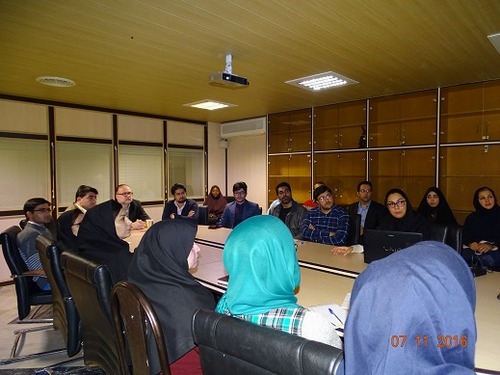Epiegentic, Epigenesis and Epigenome

In the today 07th November 2016, journal club meeting, Ms. Solmaz Mohamadi Nejad spoke about Epiegentic, Epigenesis and Epigenome. She gave a brief explanation on the term also refers to the changes themselves: functionally relevant changes to the genome that do not involve a change in the nucleotide sequence. Examples of mechanisms that produce such changes are DNA methylation and histon modification, each of which alters how genes are expressed without altering the underlying DNA sequence. Gene expression can be controlled through the action of repressor proteins that attach to silencer regions of the DNA. These epigenetic changes may last through cell divisions for the duration of the cell's life, and may also last for multiple generations even though they do not involve changes in the underlying DNA sequence of the organism; instead, non-genetic factors cause the organism's genes to behave (or "express themselves") differently. She gave a brief touch to the history, molecular basis mechanisms, mostly in the covalent modifications, RNA transcript, MicroRNA, mRNA, sRNAs, structural inheritance and nucleosome positioning. Then functions and consequences rose due to epigenetics such as transgenerational, epigenetics in medicine, role in twins, genomic imprinting, and cancer were discussed. The approved drug/antibiotic, such as Fluoroquinolone antibiotics that induce epigenetic changes in mammalian cells through iron chelation were described. The link between epigenetics and toxicology and the future challenges in this area were explained by Prof Mohammad Abdollahi.




Send to friends